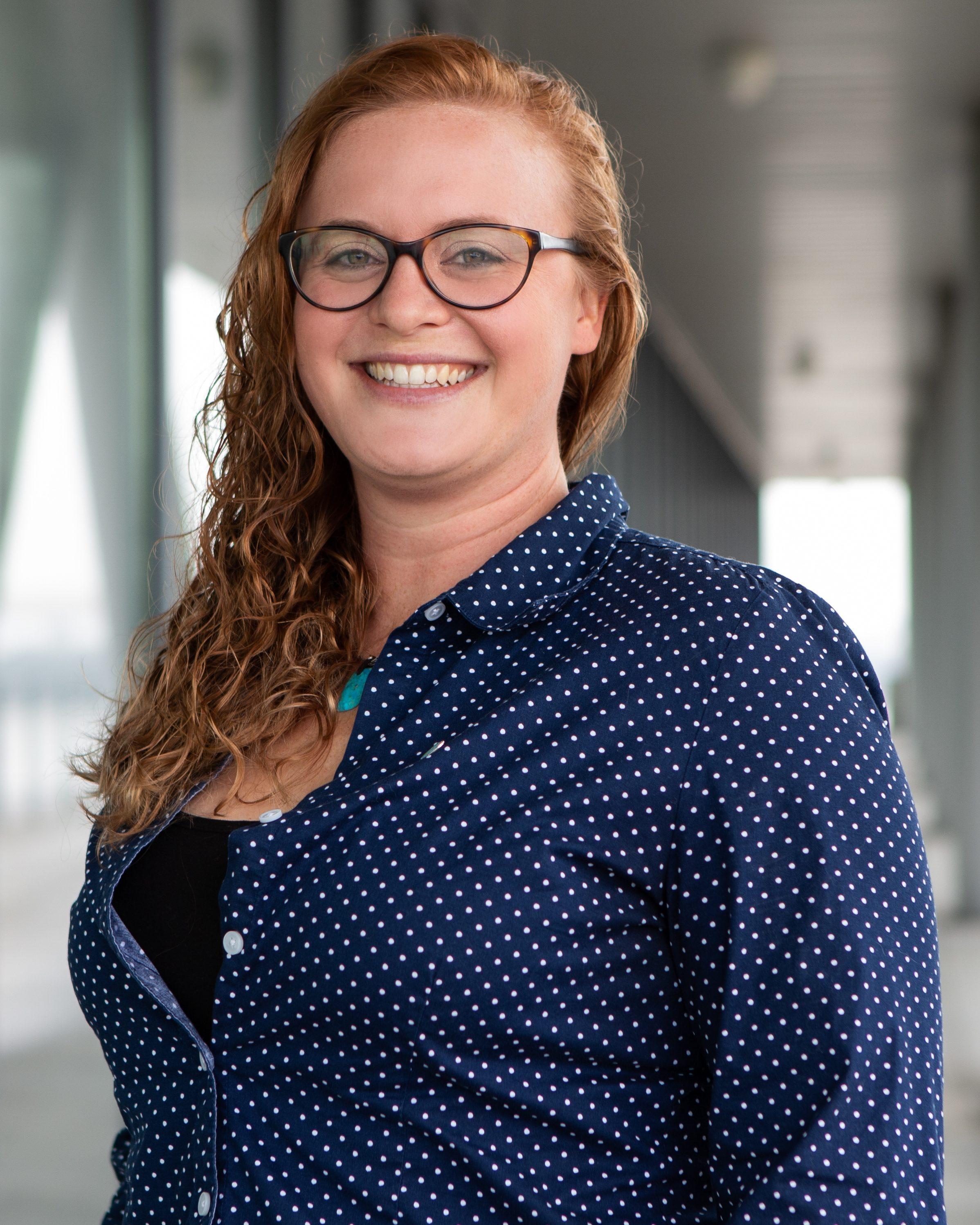Chevron
Advancing Offset-Enabling Technology for Blue Carbon Sequestration
2022
The Challenge
Since the last major freeze event in south Louisiana (1989), black mangroves (Avicennia germinans) have been expanding into the salt marshes typically dominated by smooth cordgrass (Spartina alterniflora) (McKee & Vervaeke, 2018). Black mangroves are projected to continue to expand globally in response to warming winter temperatures and will likely colonize current and future created marsh habitat in the northern Gulf of Mexico (Osland et al., 2013). Due to this expansion, it was necessary to better quantify the additional land now inhabited by black mangroves to provide updated information for carbon sink modeling.
As black mangroves continue to expand into wetlands previously dominated by smooth cordgrass, there was a need for updating the information used to model potential blue carbon sequestration - both in the extent of black mangrove coverage and additional information on carbon sequestration of black mangroves.
As part of the Partnership for Our Working Coast (POWC) project, The Water Institute is finalizing an initial version of a Coastal Wetland Carbon Model (V1) that is informed by a morphology and hydrology model that represents the coastal habitats surrounding Port Fourchon.
The Approach
MODELING BLUE CARBON SEQUESTRATION
In order to improve offset-enabling technology for blue carbon sequestration, several additional improvements to Coastal Wetland Carbon Model were needed including:
1. To apply results from remote sensing technology to provide additional estimates of black mangrove habitat extent and biomass values.
2. Use more recent field observations of black mangroves aboveground biomass carbon content.
3. Include consideration of the continued growth of black mangroves during the next 30 years. Currently, the model assumes that black mangrove trees retain the same height and biomass over time, which likely underestimates their carbon capture potential. Once these improvements have been made, the second version of the Coastal Wetland Carbon Model (V2) will be run to quantify the net blue carbon benefit of the project area at years 2025, 2030, and 2050.
REMOTE SENSING OF BLUE CARBON HABITATS
The current Coastal Wetland Carbon Model relies upon the 2014 vegetation distribution data near Port Fourchon. To characterize and map more current wetland vegetation types and biomass, The Water Institute is developing a deep convolutional neural network (DCNN) algorithm to determine vegetation types including the extent of black mangroves at years 2014 to 2022 from remote sensing data near Port Fourchon. The emergence of newer generations of satellite imagery (e.g., Landsat 8/9-OLI and Sentinel 2-MSI) and postprocessed vegetation index are used as inputs to DCNN, which provides unique capabilities mapping the land surface characteristics including vegetation type, and biomass at high spatiotemporal resolution.
FIELD OBSERVATIONS OF BLUE CARBON VEGETATION
Black mangroves contain woody material and thus they tend to store more carbon aboveground than the common smooth cordgrass that is found in coastal Louisiana saline wetlands. Field observations will be carried out in the habitats surrounding Port Fourchon to quantify the amount and percent of carbon stored in aboveground vegetation to provide current estimates and verify the remote sensing data used to improve the next version of the Coastal Wetland Carbon Model. This will not only help provide more information about coastal wetlands in Louisiana, but it will also be applicable to other coastal wetlands worldwide that experience these types of vegetation.
